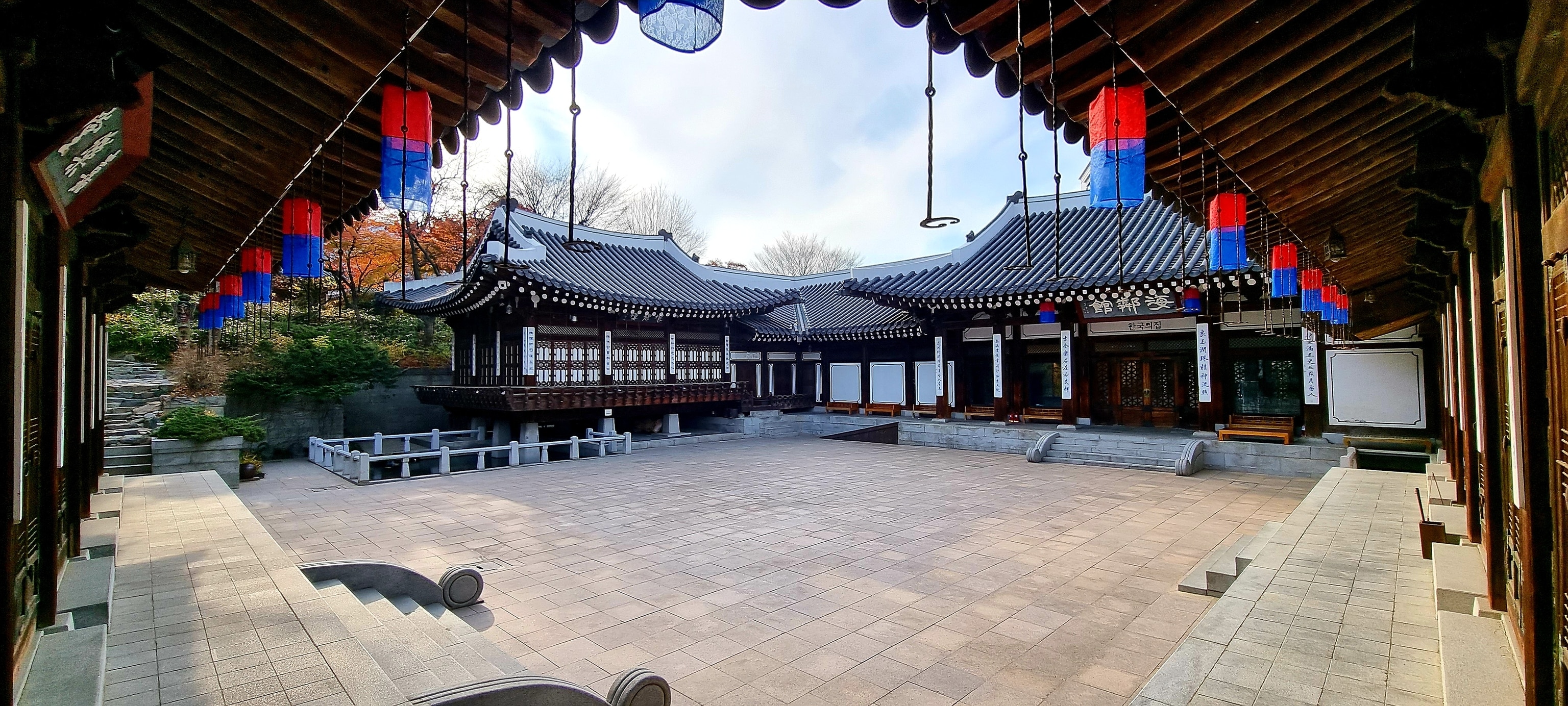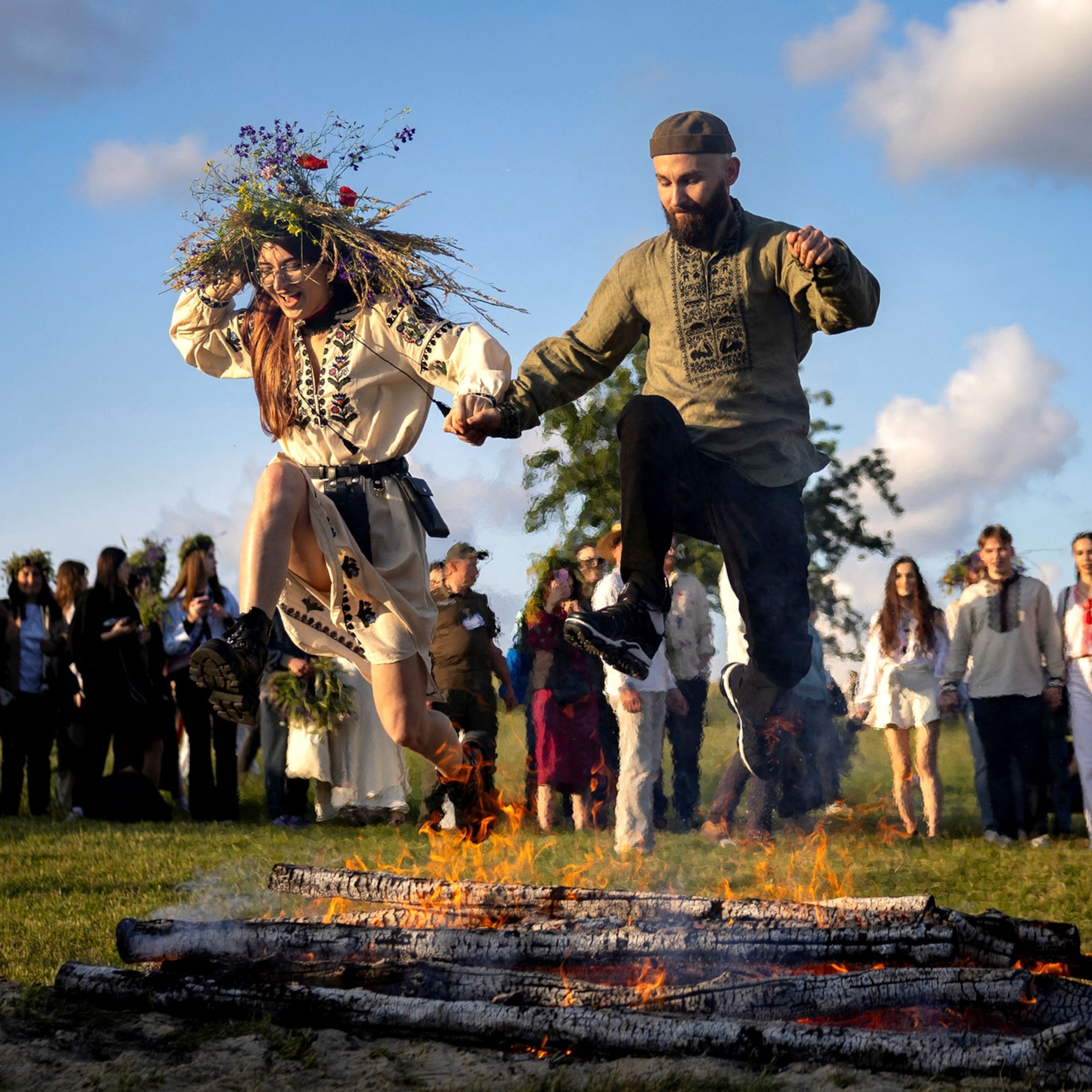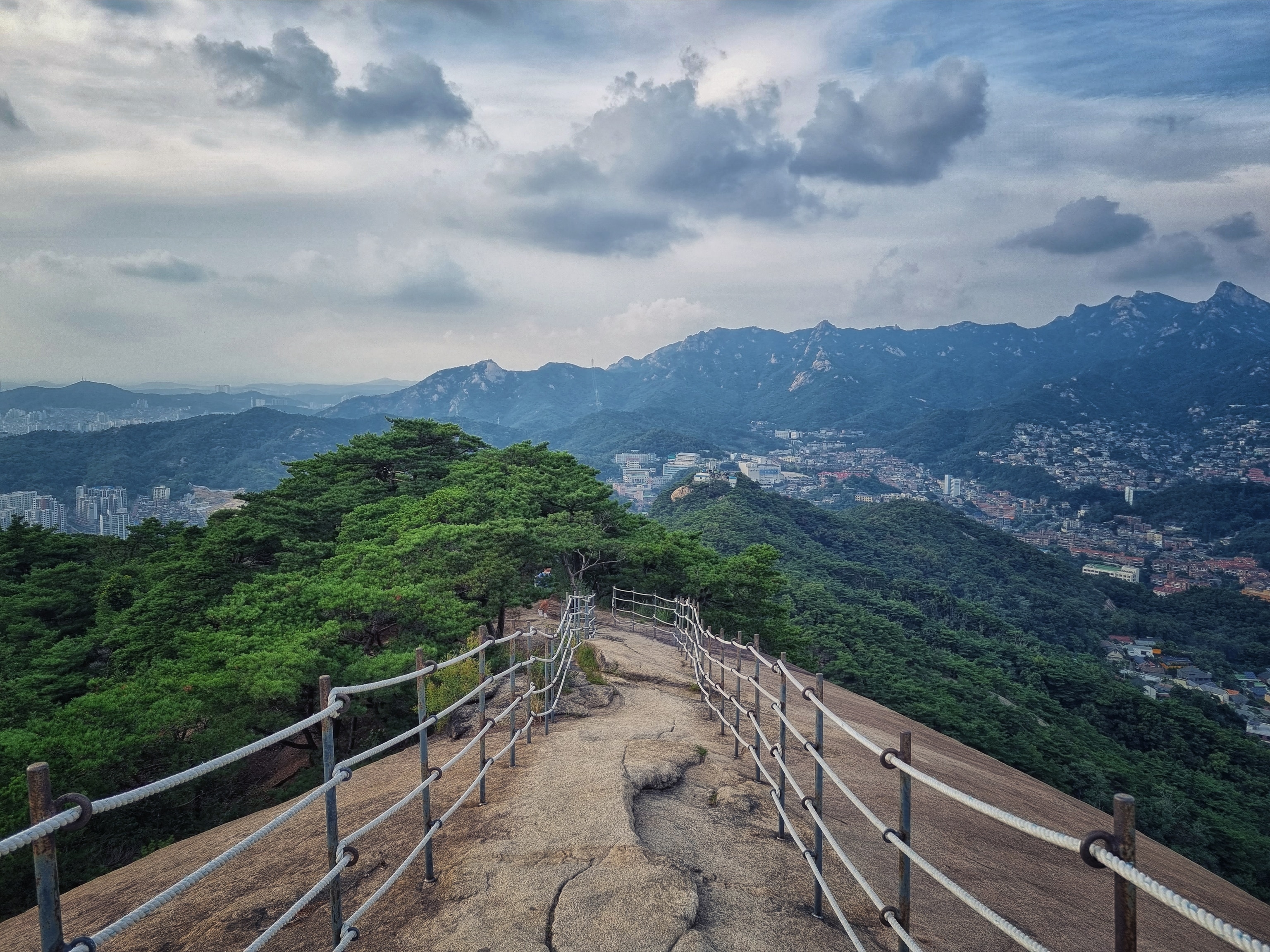
Seoul is a city steeped in tradition, with much of its history much on display. Its vast amount of travel offerings makes it somewhat challenging to seek out affluent destinations that are truly authentic. Yet, if one knows where to look, they can be richly rewarded.
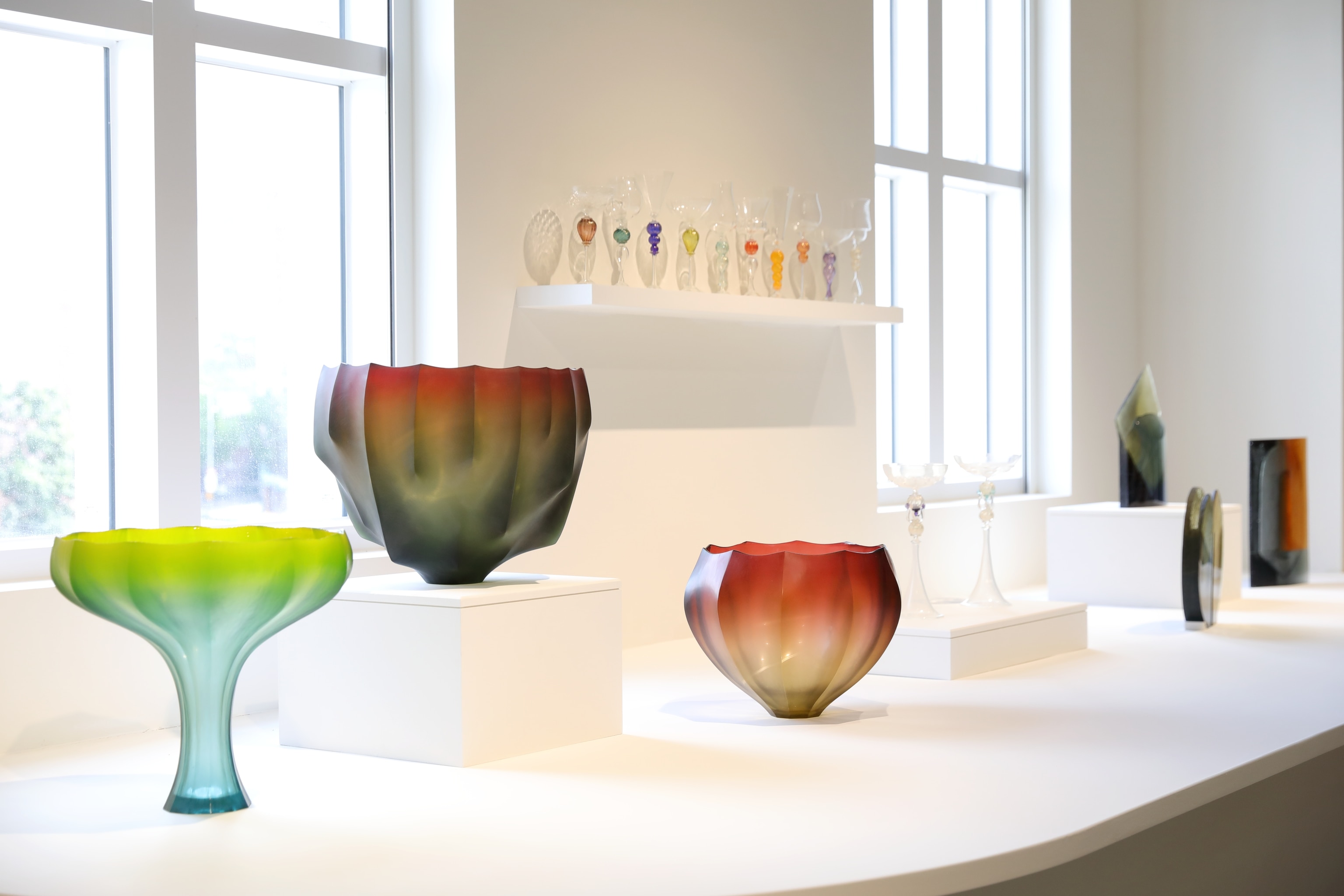
The Seoul Museum of Craft Art, for instance, is a welcoming addition to a city already brimming with creative spaces. Visually stunning, and almost labyrinthian in nature, the large colonial-style structure houses a series of creative installations from nine celebrated Korean artists. From Kang Suk-young’s impressionable mural that uses 4,000 ceramic tiles and glassblowing artist Kim Hun-chul’s “The Stream of Time” chandelier, to the two permanent exhibitions that feature Korean embroidery and bojagi, traditional wrapping fabrics, on the second and third floors of Building No. 3. The “Folding Screen of Embroidered Sagye Bungyeongdo” from the late Goryeo Dynasty (918-1392) is also a spectacular sight.
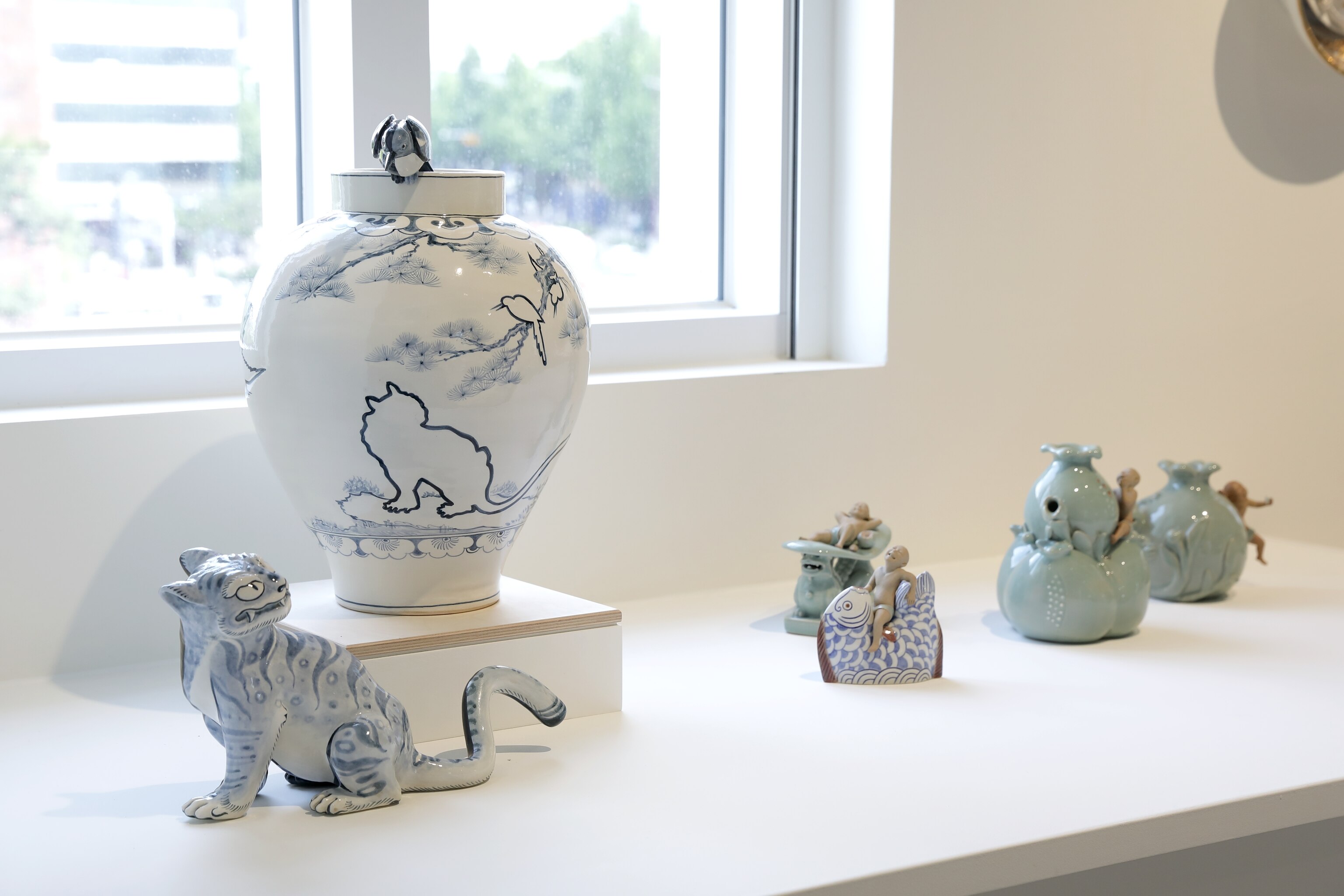
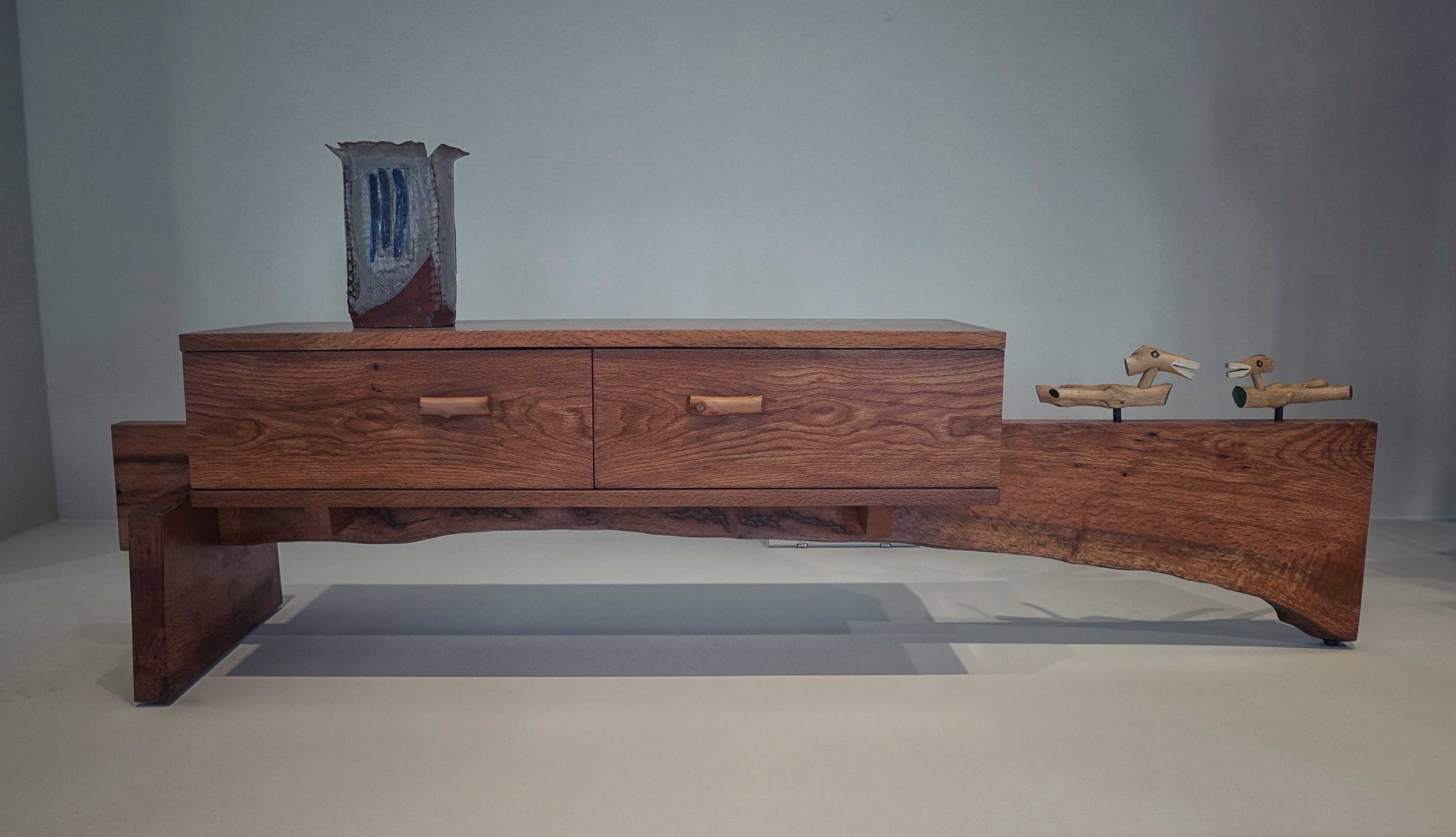
Another way to truly get to the heart of Korean culture is through eating. Koreans have a long-standing belief that food and medicine share the same origin, and therefore one’s well-being stems entirely from what they consume. There’s an abundant number of traditional Korean restaurants in Seoul that serve a variety of traditional dishes. Yet, Seokparang is one of a select few that remain truly authentic. This beautifully restored villa dates all the way back to the Joseon Dynasty and serves a host of delicious culinary delicacies that follow time-honored recipes to reflect the period in which they were created. One of which is sinseollo, a royal court dish that represents the essence of traditional Korean cuisine. The hearty dish consists of a delicious assortment of meats and vegetables that are left to simmer in a specially designed cooking pot. The fact that Seokparang has retained much of its original architecture as large swaths of Seoul are becoming increasingly modernized is perhaps even more impressive.
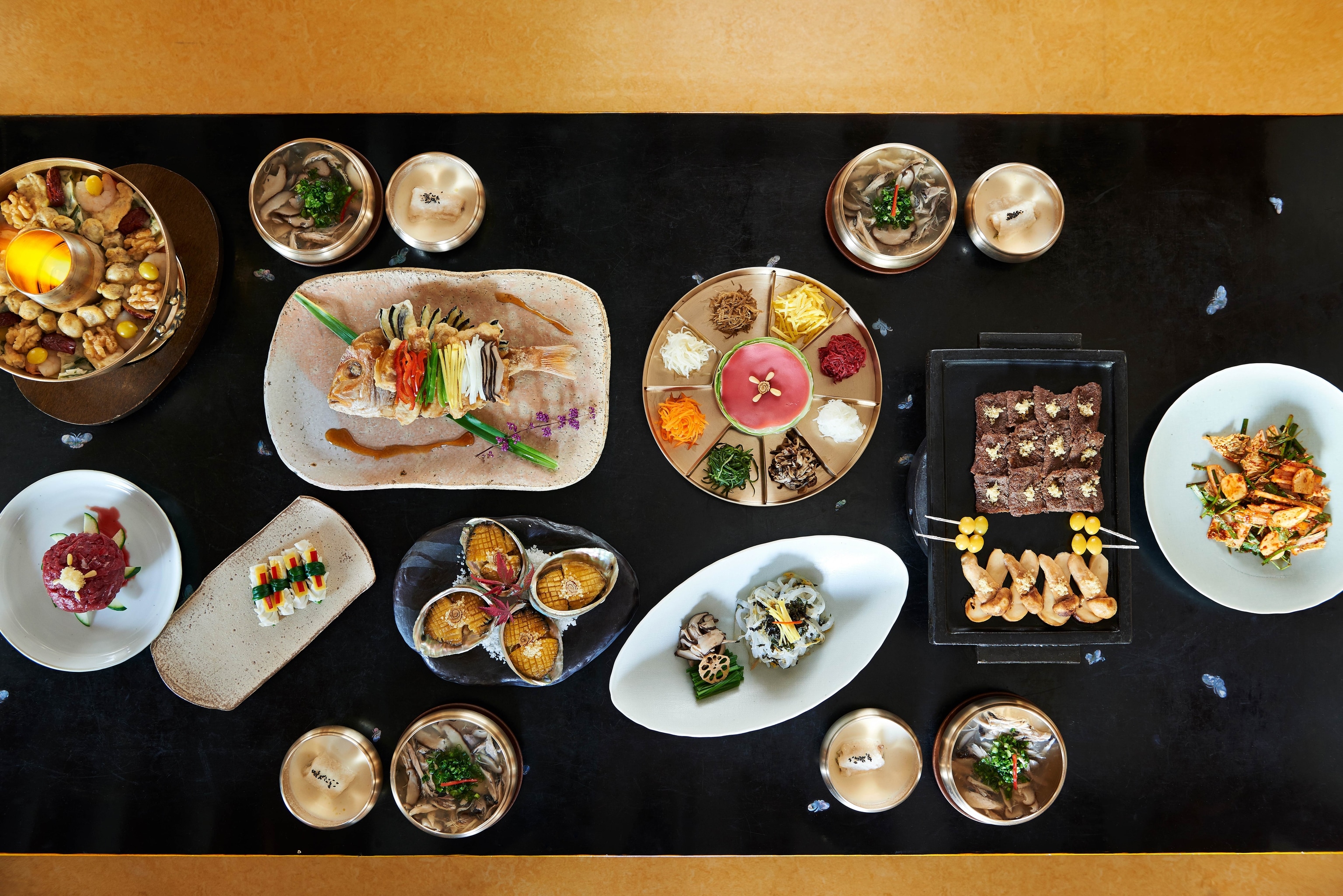
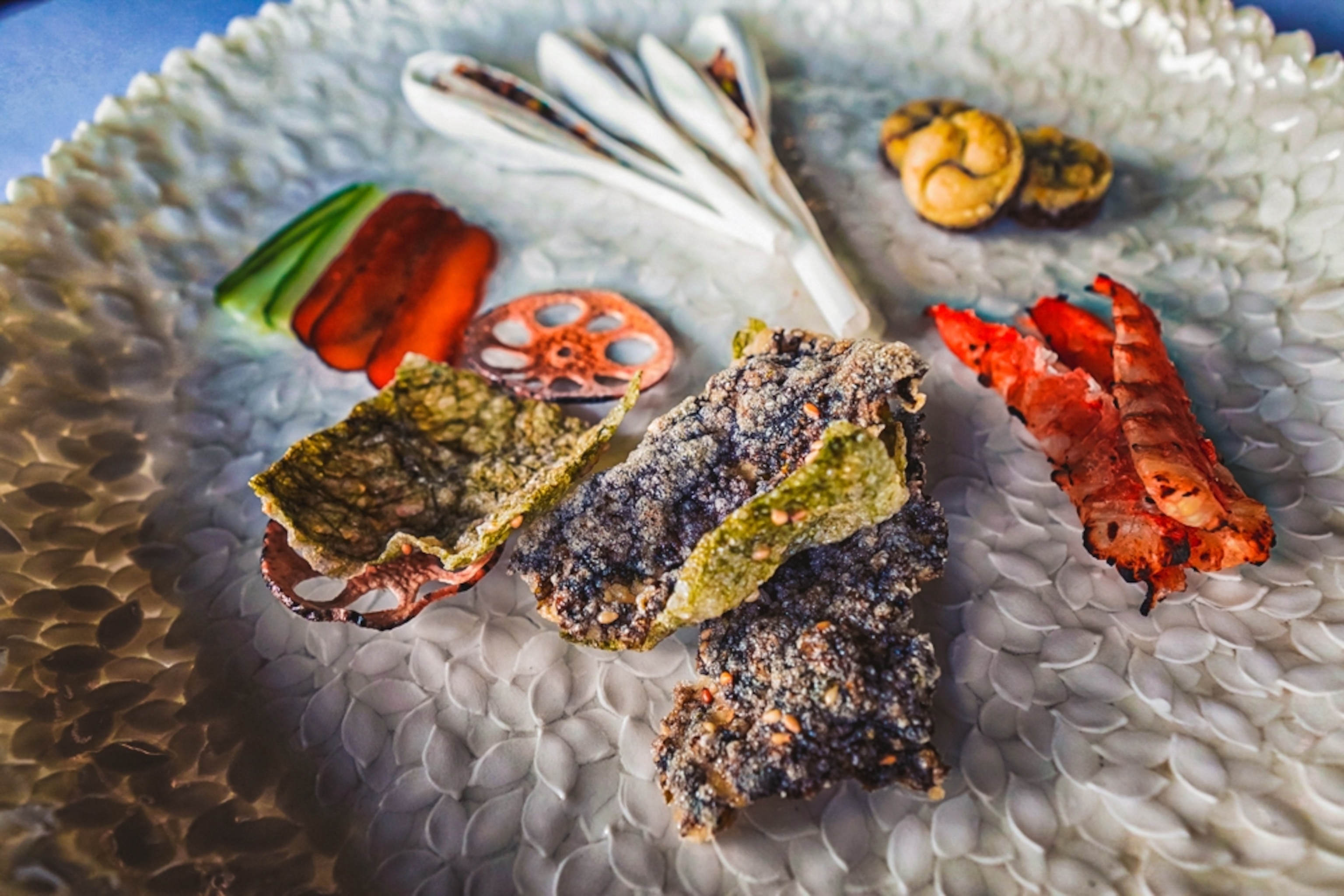

There’s also plenty of beauty to discover outdoors. South Korea’s capital is bordered by a series of stunning mountains with plenty of well-preserved hiking trails for those seeking adventure. Inwangsan stands out for its proximity, second-to-none summit views, and relatively easy foot paths that cater to all ages. Towering 338.2m, trails meander through forest, valleys, and rivers to its open peak. The old fortress wall that runs upward along the stone steps is a reminder of a history fraught with challenges. Built in 1396 to defend and mark the boundaries of the city during the Joseon Dynasty, it was used to keep out invading forces.
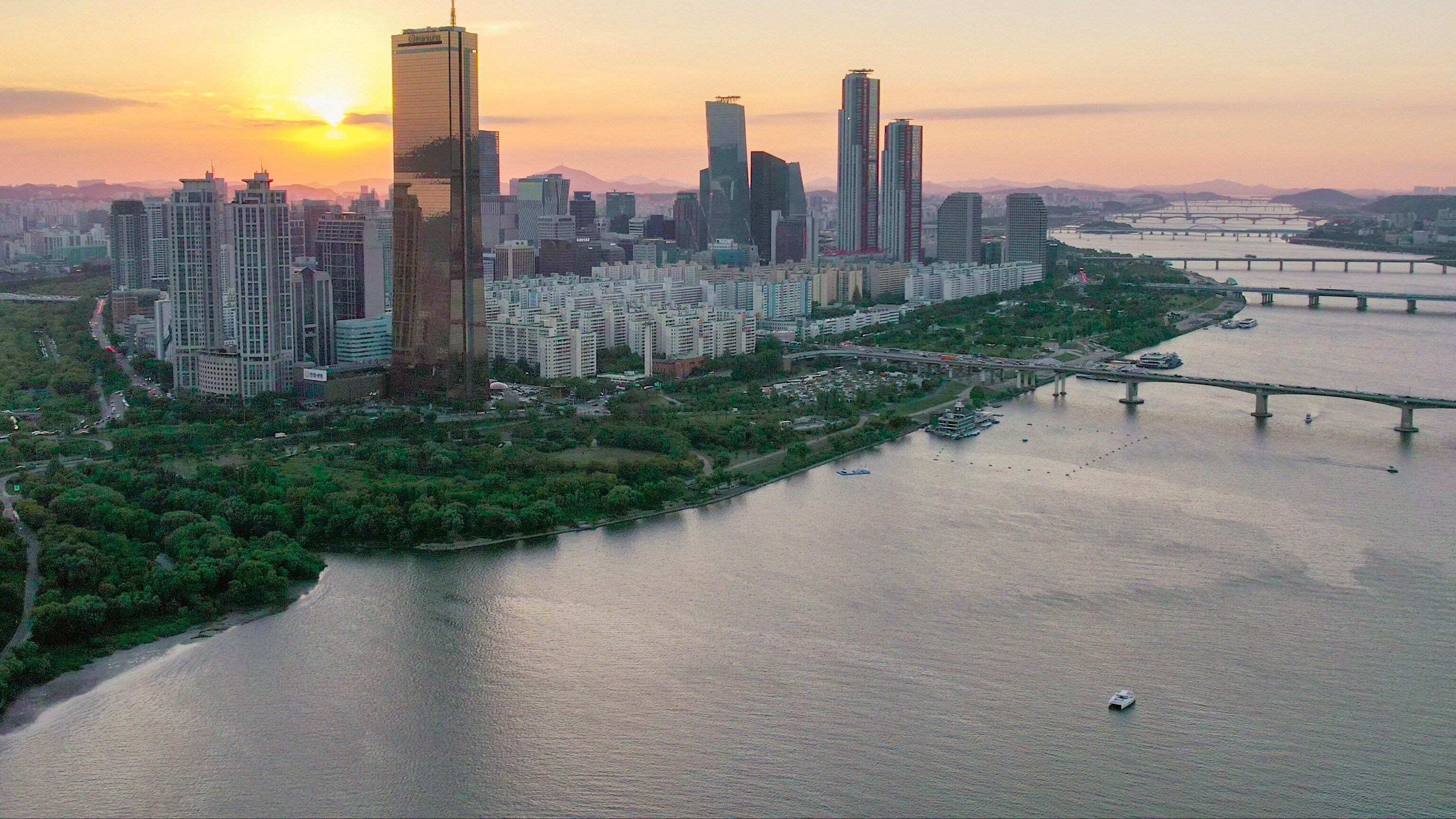
While Seoul has no shortage of attractions to enjoy on land, one can argue that the real enjoyment begins when you’re out on the water. Boarding your very own yacht comes with a great deal of perks, including food and drinks and a captain who looks after all matters of safety and navigation so you can relax and enjoy the Seoul skyline looming in the distance. Once a key trade route to China, the Han River is one of the city’s most popular attractions, welcoming hordes of people throughout the year.
South Korea’s burgeoning fashion scene is also worth exploring, particularly its traditional designs. Launched in August 2018 by designer Danha Kim, Maison Danha remains a hugely popular, sustainable fashion brand based on Korean heritage. Here, garments have been stitched together with the closest attention to detail, each one inspired by traditional patterns, fabrics, and styles, fusing tradition with modernity. Items are all made to order, where customers can choose the colour and pattern that best suit their tastes. Everything is showcased to perfection inside; the store’s presentation mirrors the painstaking detail of its intricate fabrics. Danha also incorporates upcycling into her design approach. By tearing apart and re-stitching discarded materials, her creations are “reborn” and given a new lease on life, further adding to their sustainable appeal. Her goal is to make nearly three quarters of their designs solely with eco-friendly fabric by the end of 2021.
While yoga continues to attract plenty of participants in Seoul, Sky Yoga is the first of its kind in Korea. Located on the 118th floor in in Gangnam’s 555m Lotte Tower, Korea’s tallest building, classes are held on the Sky Deck, the “world’s highest glass-floor observatory” according to Guinness World Records. Stepping and stretching along the glass skywalk makes one feel as though they are floating on air, which adds a whole new level of enlightenment to every session. Those with a fear of heights needn’t worry, the glass floor is made of 45mm thick glass and can withstand over 500kgs of weight per square meter. Even the elevator ride up is an experience in and of itself.
If there is one venue in Seoul that showcases Korean culture in its many distinctive forms, it is the Korea House. The venue once served as a meeting place for literati to gather during the Joseon Dynasty. It was originally built as a guesthouse during the 1950s and was later opened to the public to promote Korean culture, including traditional cuisine and cooking courses, traditional weddings, and performances. In fact, the Korea House has been showcasing traditional Korean musical performances, known as gugak, together with court dances and folk dances, for more than twenty years. Korea’s rich history lends for great storytelling, and music is a channel that is still widely used to retell historical narratives.
